GSK announced intention to produce 1 billion doses of pandemic vaccine adjuvant in 2021 to support multiple COVID-19 vaccine collaborations
On May 28, 2020, GSK confirmed its intention to manufacture 1 billion doses of its pandemic vaccine adjuvant…

On May 28, 2020, GSK confirmed its intention to manufacture 1 billion doses of its pandemic vaccine adjuvant…
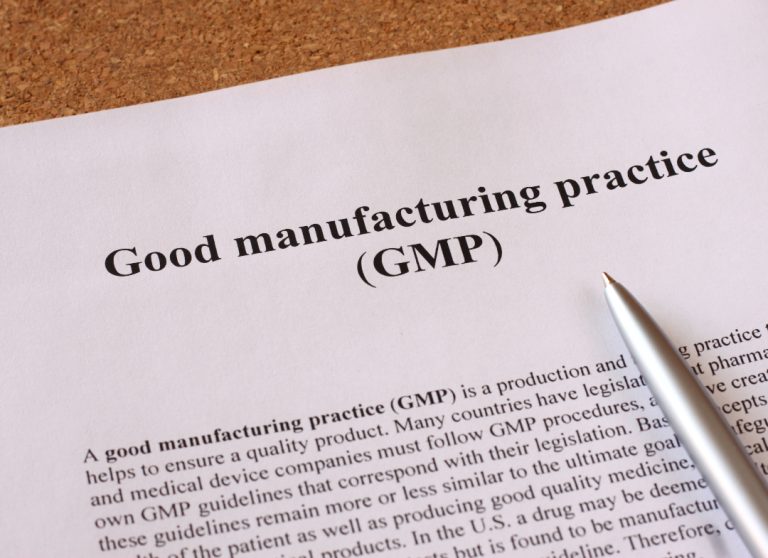
On May 27, 2020, Novavax announced the acquisition of Praha Vaccines, part of the Cyrus Poonawalla Group, in…

On May 27, 2020, Heat Biologics announced a collaboration with Waisman Biomanufacturing to establish a partnership for the…

On May 26, 2020, Merck and and IAVI, a nonprofit scientific research organization dedicated to addressing urgent, unmet…
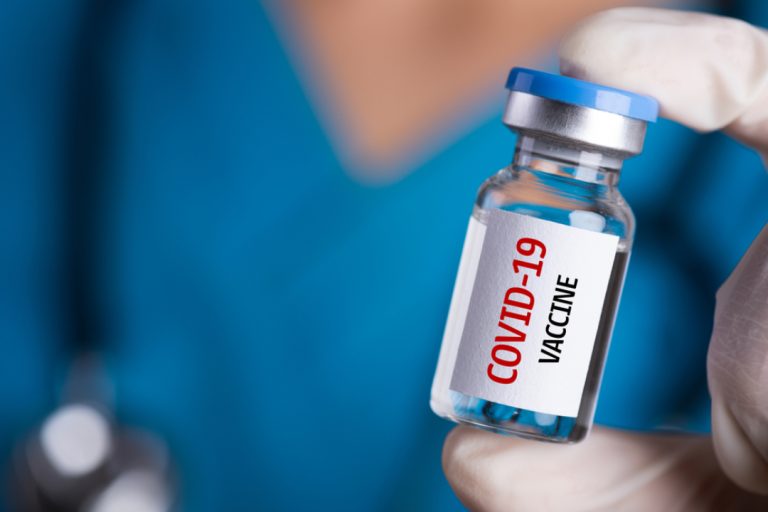
On May 26, 2020, Novavax announced enrollment of the first participants in a Phase 1/2 clinical trial of…

On May 22, 2020, Sinovac Biotech announced a transaction in which Advantech Capital and Vivo Capital have invested…
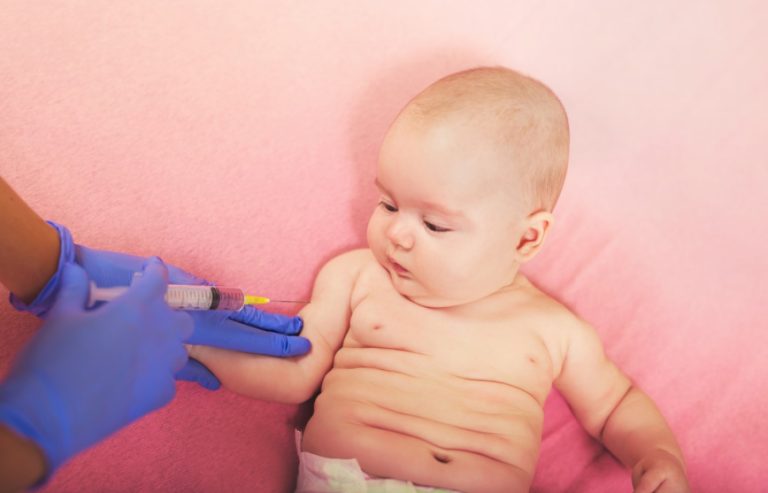
On May 22, 2020, COVID 19 disrupted life-saving immunization services around the world, putting millions of children –…

On May 21, 2020, AstraZeneca announced it was advancing its response to address the unprecedented challenges of COVID-19,…

On May 20, 2020, Kindred Biosciences announced it had entered into an agreement with Vaxart for the manufacture…

On May 20, 2020, Vaxart announced it had selected its lead COVID-19 vaccine candidate and had contracted with…

On May 20, 2020, Rapid Micro Biosystems announced a $120 million financing round, led by equity investment from…

On May 20, 2020, INOVIO announced the publication of the preclinical study data for IN0-4800, its COVID-19 DNA…

On May 20, 2020, Bharat Biotech and Thomas Jefferson University of Philadelphia announced an exclusive deal to develop…
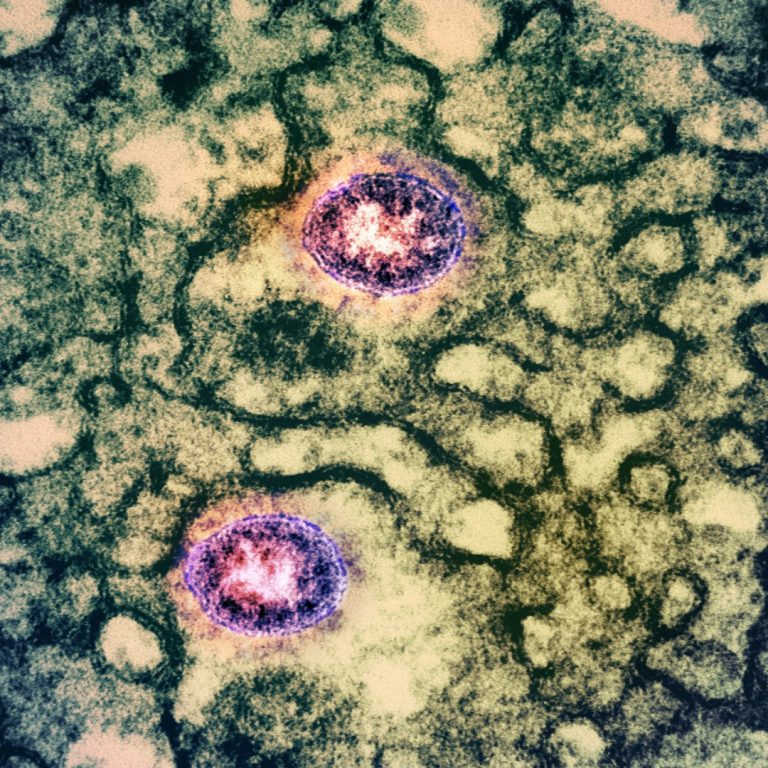
On May 19, 2020, in a study published in Cell Reports, researchers at the University of Hong Kong…

On May 19, 2020, Oragenics announced, that through its wholly-owned subsidiary, Noachis Terra, it has entered into an…

On May 18, 2020, Moderna announced positive interim clinical data of mRNA-1273, its vaccine candidate against novel coronavirus…
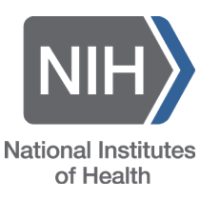
On May 16, 2020, a single dose of ChAdOx1 nCoV-19, an investigational vaccine against SARS-CoV-2, has protected six…

On May 14, 2020, CureVac announced positive pre-clinical results at a low dose for its lead vaccine candidate…
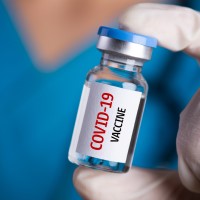
On May 14, 2020, scientists at La Jolla Institute for Immunology (LJI) announced they had resolved the uncertainty…
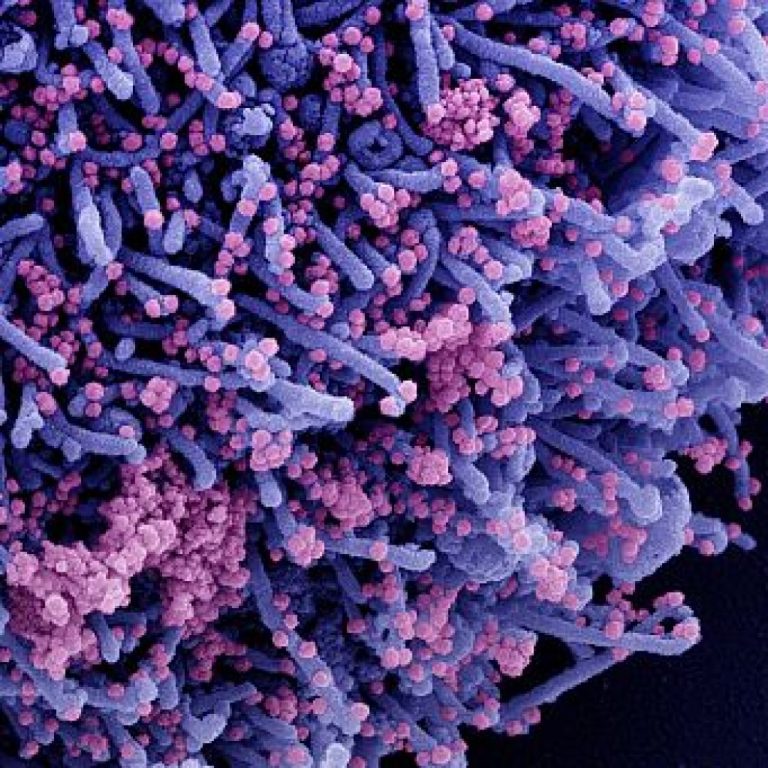
On May 13, 2020, University of Alberta (UA) researchers launched a joint effort with U.S.-based Tonix Pharmaceuticals to…
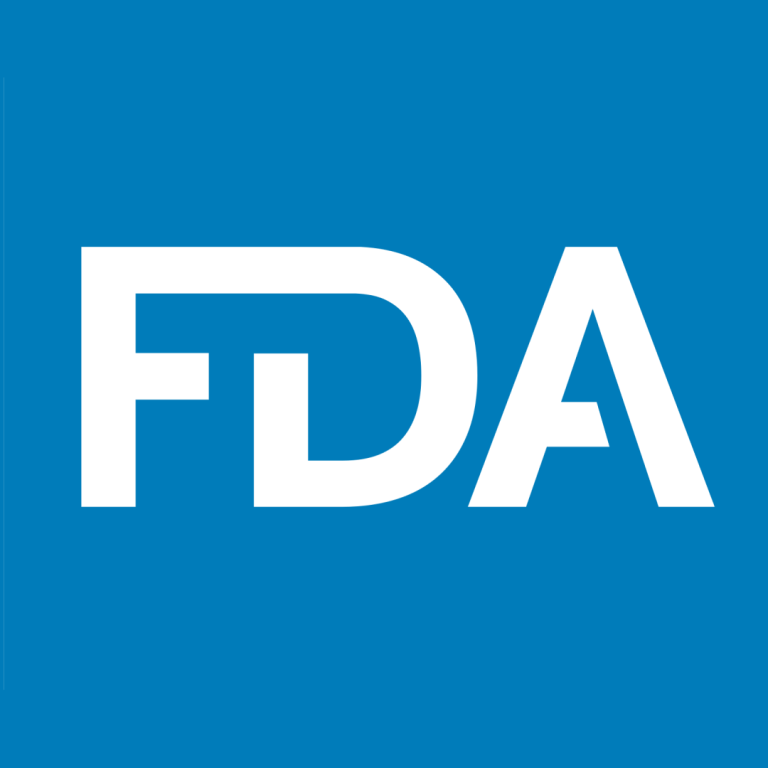
On May 12, 2020, Moderna announced the U.S. Food and Drug Administration (FDA had granted Fast Track designation…

On May 12, 2020, the National Research Council of Canada (NRC) announced a collaboration with CanSino Biologics to…
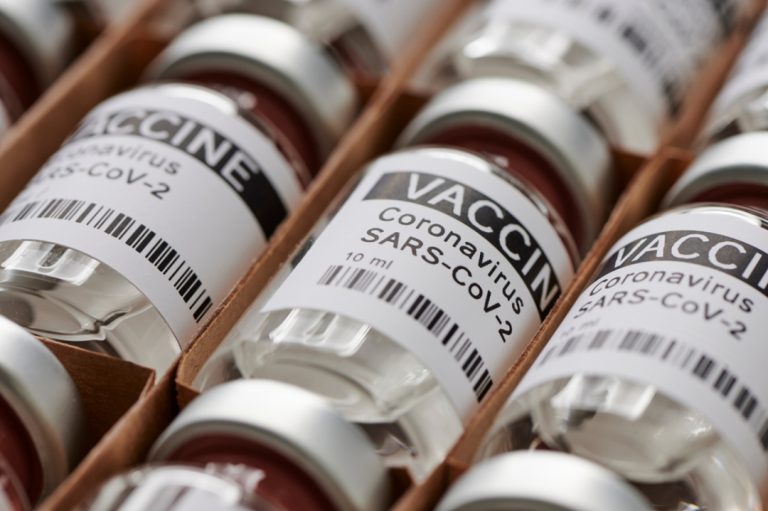
On May 12, 2020, the National Research Council of Canada (NRC) and the University of Saskatchewan’s (USask) Vaccine…
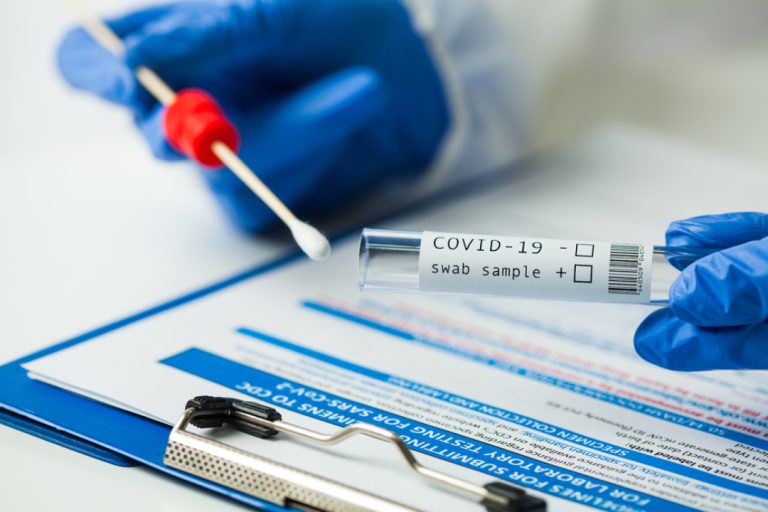
On May 12, 2020, the Jackson Laboratory (JAX), in partnership with the State of Connecticut, announced that it…

On May 11, 2020, Thermo Fisher Scientific announced it is expanding capacity for viral vector development and manufacturing…
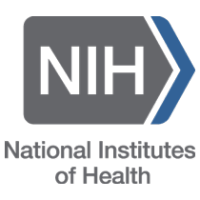
On May 11, 2020, a harmonized and collaborative approach to the clinical testing, scale-up and distribution of candidate…

On May 11, 2020, Novavax announced that the Coalition for Epidemic Preparedness Innovations (CEPI) had committed to investing…
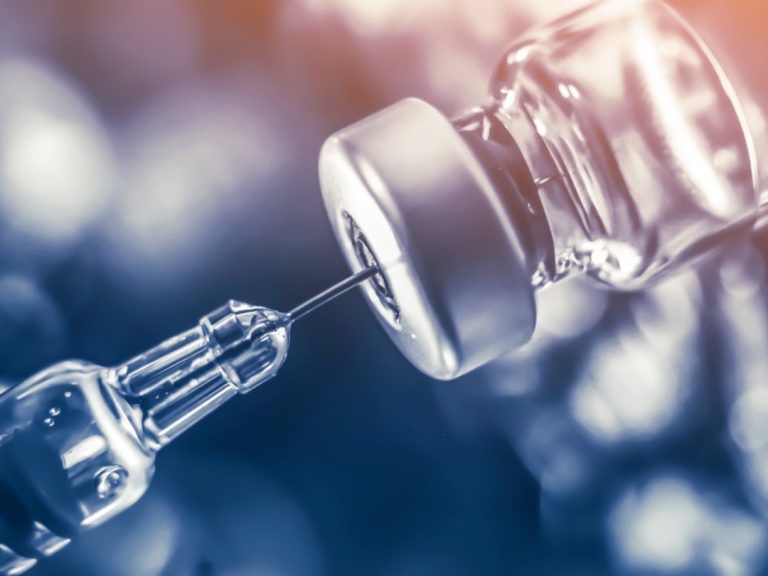
On May 11, 2020, in a perspective published by the journal Science, Dr. Larry Corey from the Fred…

On May 7, 2020, Entos Pharmaceuticals announced a partnership with PrecisionNanoSystems (PNI) to produce clinica lgrade vaccines and…
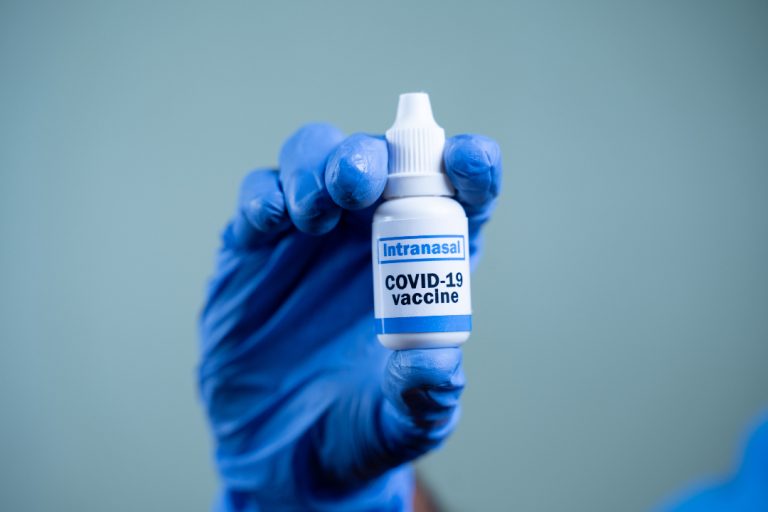
On May 7, 2020, Tonix Pharmaceuticals and the University of Alberta announced a research collaboration and exclusive licensing…